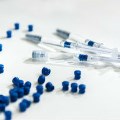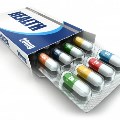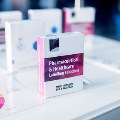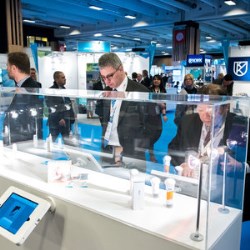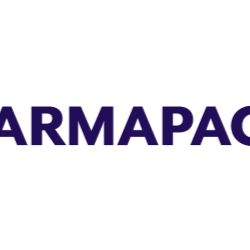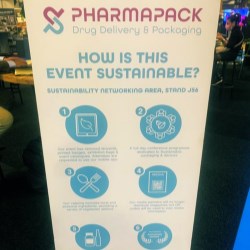Public
PharmaPack Europe Events
PharmaPack Europe Locations
PharmaPack Europe News
Pharmapack Europe Videos
If this is your company, CONTACT US to activate Packbase™ software to build your portal.


Biologics are a huge growth area and promise many groundbreaking new treatments in the future. But their radical difference from traditional drugs raises some unique challenges in terms of packaging and delivery systems.
What are biologics?
Biopharmaceuticals, or ‘biologics’, are medical products that are often made from a variety of natural sources – human, animal, or microorganism. Instead of being manufactured through chemical synthesis, they are living microorganisms. They are used to treat, prevent, or diagnose diseases and conditions.
Biologics can include vaccines, somatic cells, blood products (for transfusion and/or manufacturing into other products), allergenic extracts, human cells and tissues for transplants, gene therapies, cellular therapies and screening tests for blood donors.
Most biologics are bio-therapeutical proteins, which offer low immunogenicity and highly specific, complex functions while interfering only minimally with normal biologic processes. This gives them the potential to replace gene therapy.
Currently, over 200 therapeutic proteins are on the market, with many thousands more making their way through the global R&D pipeline. Monoclonal antibodies are the fastest-growing category. Research is progressing quickly into areas such as gene editing, cell therapies and personalized medicine.
Packaging needs
Proteins are very different from small drug molecules, which means that the requirements for packaging and device development are very different. Proteins are ‘nano-machines’ whose functionality depends on their molecular shape (a folded chain of polypeptides). Since this structure is delicate, the task of manufacturing, transporting, storing, and delivering proteins can be a challenge.
Proteins are sensitive to metal ions, which raises the risk of degradation – and there are several ways in which metals can reach them. Metals such as manganese, iron, zinc, and barium can leach from glass after steam sterilization. Tungsten oxide used in the process of inserting needles into glass syringes can trigger aggregation in proteins. Metals can also be extracted from plastics and rubber, and such extractable metals are found in polymers such as catalysts, curing agents, antioxidants, plasticizers, process aids, colorants, and filters – as well as the products formed by their degradation.
These are crucial issues that must be taken into account when designing packaging and delivery systems for biologics. The accumulation of ‘leachables’ from all components needs to be considered, since it can disrupt the protein or even lead to toxicity. Biologics manufacturers need to carry out comprehensive compatibility tests in order to assess the effect of their chosen packaging on product quality.
Delivery choices
Many drugs with smaller molecular weights are administered orally. However, biologics are so unstable that they barely pass through the gastro-intestinal tract, where they are exposed to acids and proteolytic enzymes. Therefore, most biologics are delivered by intravenous infusion in acute care centers. However, the same limitations apply as with all invasive methods, and repeated administration – for example, to treat chronic conditions – can be a challenge.
Recently, more and more biologics are being given subcutaneously (under the skin). This offers the advantage of easier administration without skilled personnel, which means patients spend less time at healthcare facilities and are more likely to comply with their therapy – plus the cost is lower too. Subcutaneous drug delivery systems include prefilled syringes, wearable injectors, auto-injectors, and drug reconstitution delivery systems.
Biologics such as vaccines, peptides, and antibodies, as well as proteins, can all be given subcutaneously. Conditions that can be treated with subcutaneous biologics include Crohn’s disease, rheumatoid arthritis, breast cancer, leukemia, lymphoma, and psoriasis.
Whatever the future brings in terms of biologics development, it’s clear that packaging designers and manufacturers will have to overcome many challenges if these powerful new treatments are to be widely taken up by those who need them most.
Sources
The Role of Quality Standards for Biomanufacturing Raw Materials | Fouad Atouf, PhD | BioPharm International Vol. 30, Issue 8, p.32-36 | 01 August 2017
Subcutaneous Biologics Market - Global Industry Insights, Trends, Outlook, and Opportunity Analysis, 2016-2024 | Coherent Market Insights | 19 August 2017
Challenges for packaging and device development for biologics and biosimilars | Lionel Jeannin | Pharmapack 2017 Conference | 02 February 2017



